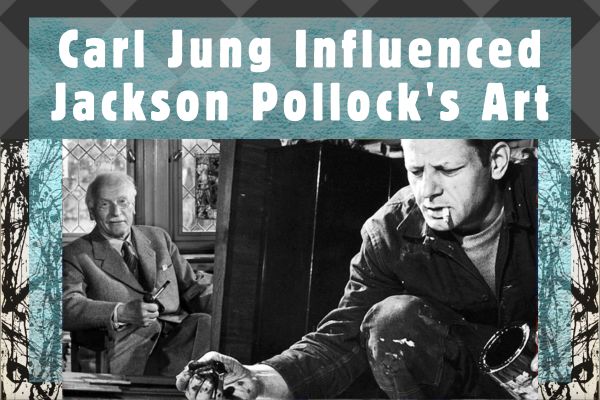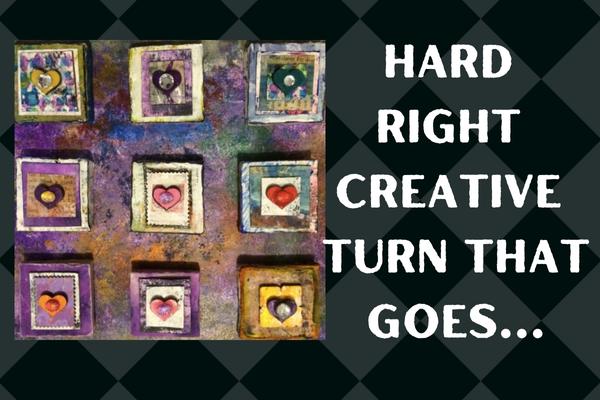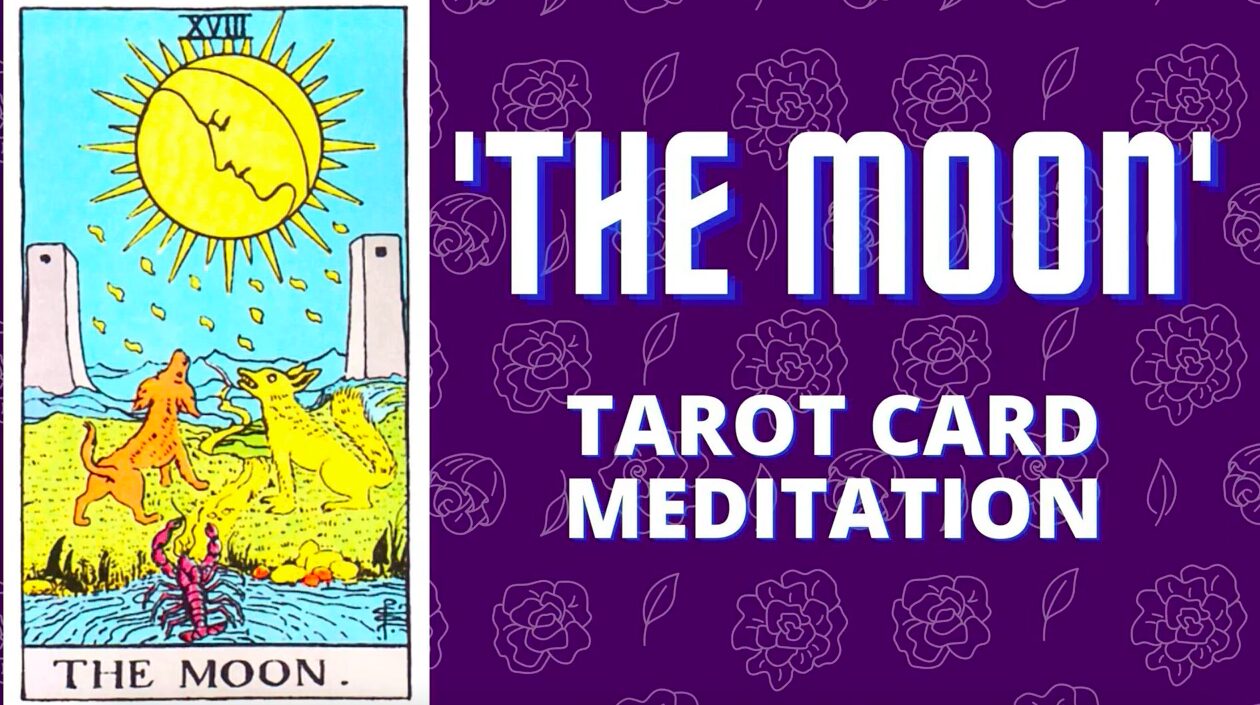I wasn’t aware that Jungian psychology influenced Jackson Pollock’s art until recently.
He visited a Jungian analyst for a number of years. Carl Jung’s approach to psychology relied heavily upon the subconscious mind, the collective unconscious, archetypes, and symbolism.
Pollock was so fascinated with Jungian philosophies that it significantly influenced his art.
Here are the key ways in which Carl Jung influenced Jackson Pollock’s art:
The Collective Unconscious and Archetypes
- Collective Unconscious: The premise of the collective unconscious is that it’s the part of the unconscious mind shared among all humans. It contains memories and archetypes inherited from our ancestors. This idea really inspired Pollock to use imagery and symbolism to inform his work.
- Archetypes: Jung’s theory of archetypes, determines that there are universal themes found in the collective unconscious. Pollock’s early works often featured mythological imagery. For example, his painting “The Crucifixion” uses colors corresponding to Jung’s four basic human functions: Intuition = Yellow, Thought = Blue, Sensation = Green and Emotion = Red.
‘CRUCIFIXION’

Symbolism and Mythology
- Symbolic Imagery: Pollock’s paintings are rich with symbolic imagery that reflects Jungian themes. For instance, “Bird” features a one-eyed bird, which can be seen as a symbol of self-analysis and introspection. This aligns with Jung’s concept of individuation.
“BIRD”

- Mythological Themes: Pollock’s interest in mythology, is evident in works like “The She-Wolf” and “Moon Woman Cuts the Circle..” These paintings explore themes of the feminine which Jung associated with the anima and mother archetype.
‘SHE WOLF’

Pollock and Jungian Psychotherapy
- Therapeutic Influence: Pollock underwent Jungian psychotherapy with Dr. Joseph Henderson. During these sessions, Pollock produced numerous drawings that were analyzed for their symbolic content. This therapeutic process influenced Jackson Pollock’s art by allowing him to expand his approach.
- Automatism: Pollock employed automatism in his creative process. This method involves creating art without conscious control. Essentially, you allow the unconscious mind to guide the hand. Pollock’s drip paintings are a prime example of this technique, where the act of painting itself became a form of self-exploration.
- Emotional Expression: Pollock’s drip paintings were created during a period of sobriety and self-reflection. These are seen as a for Pollock to access and express his subconscious mind.
- Primitivism and Shamanism: Pollock’s mature works also exhibit elements inspired by Native American and Mexican art. This connection to primitive art forms and shamanistic practices also aligns with Jung’s concepts which influenced Jackson Pollock’s art.
- In Pollock’s painting, ‘Male and Female’ he explored the Jungian concept of the anima and animus. The male and female aspects of the psyche. The use of bold contrasting colors to highlights the union of opposites which is a key theme in Jungian psychology.
‘MALE AND FEMALE’

That’s it! If you liked this post you might like these;
Lee Krasner was Pollok’s wife and a great artist
Back Story On Pollock’s ‘Blue Poles’
sdfghjkHow To Spot A Jackson Pollock Forgery






